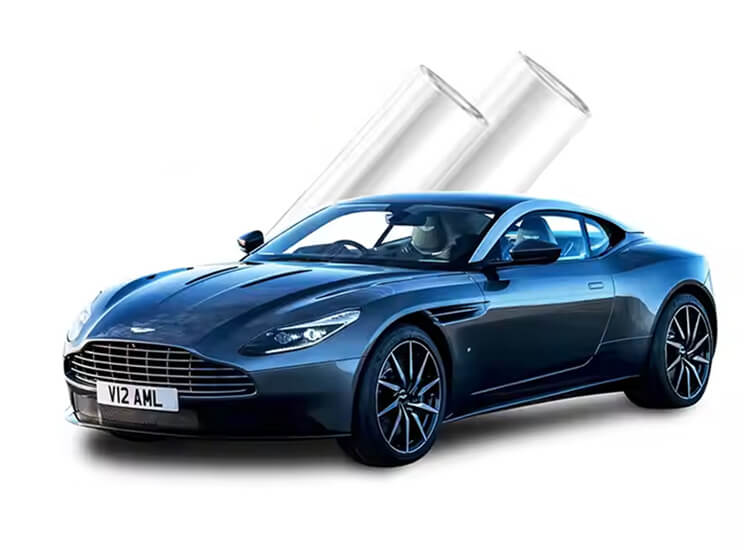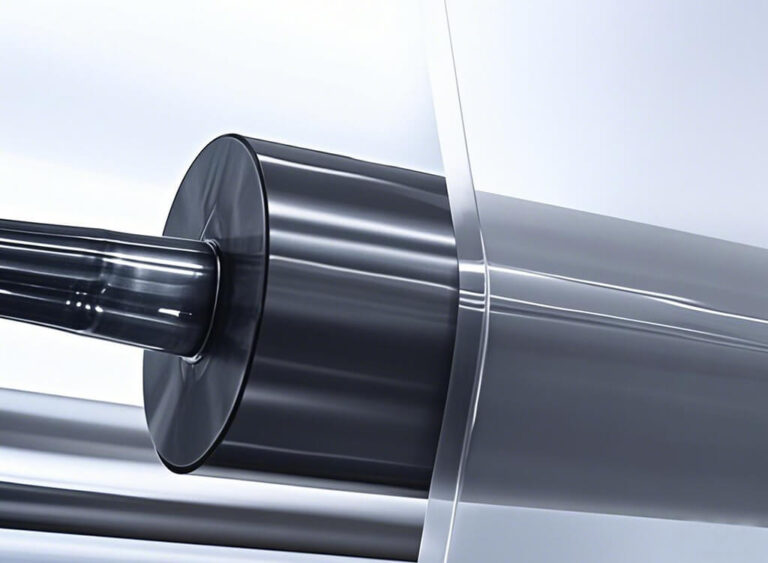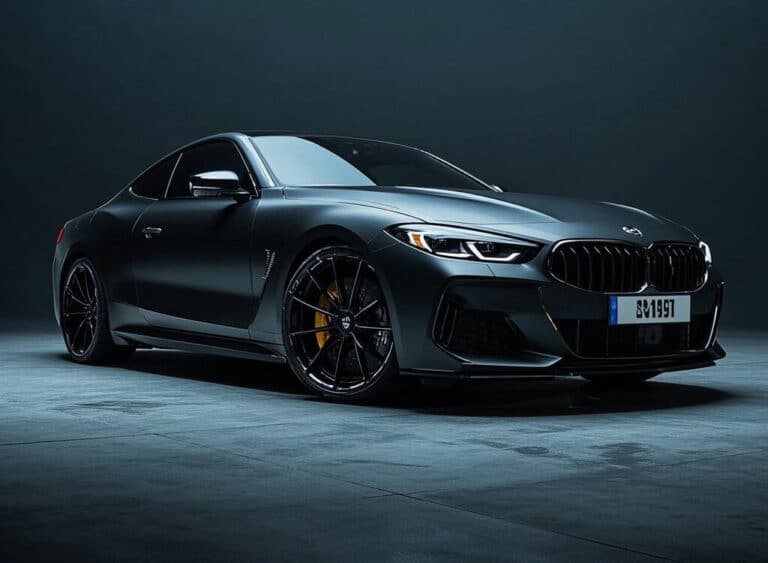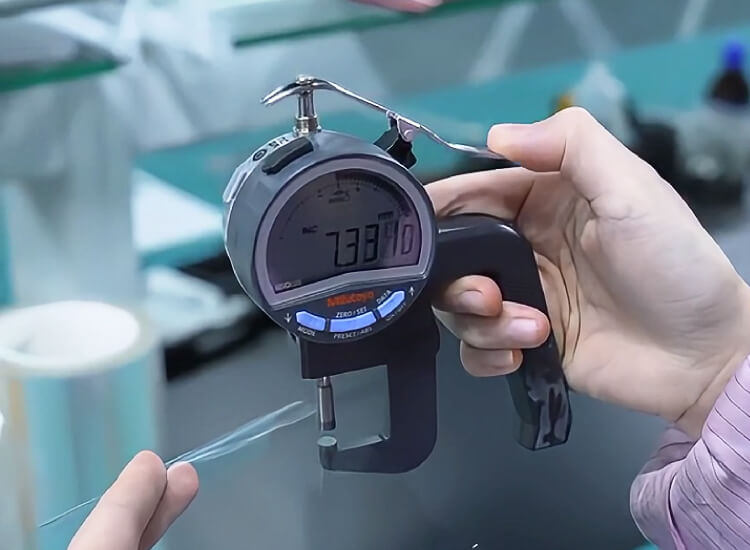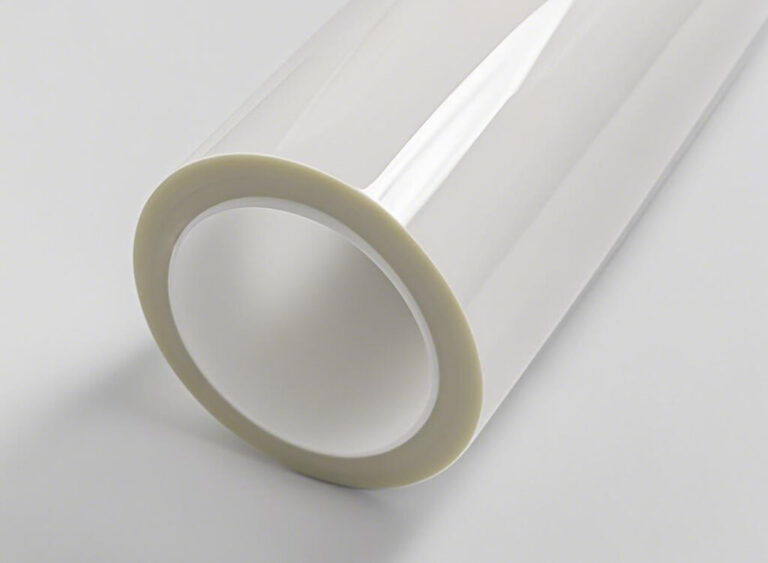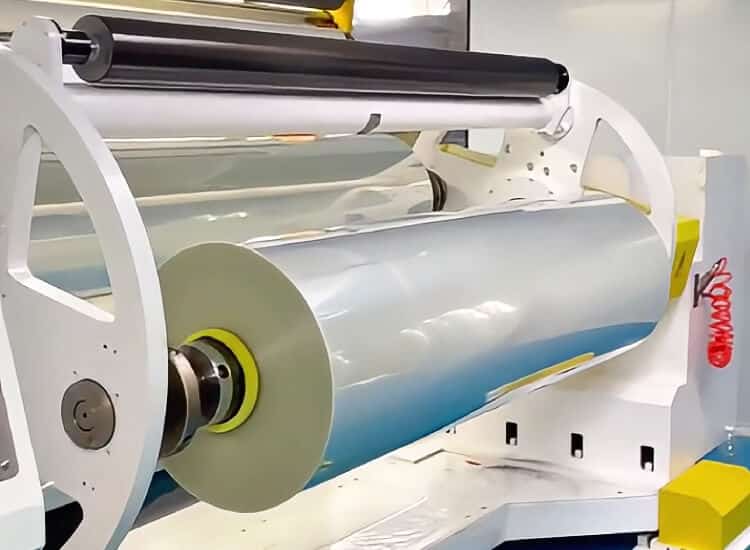What Is Paint Protection Film? Is It Worth For Your Car?
Paint Protection Film (PPF) is essential for anyone looking to keep their vehicle’s finish looking brand new. This innovative film acts as a transparent extra layer between the elements and your car’s shiny paint job, offering numerous benefits for protecting against environmental damage. PPF can protect your car paint for 3-10 years without affecting the appearance. These years, more and more people are aware of its value, and global sales are also increasing at a compound annual growth rate of 6-8%.
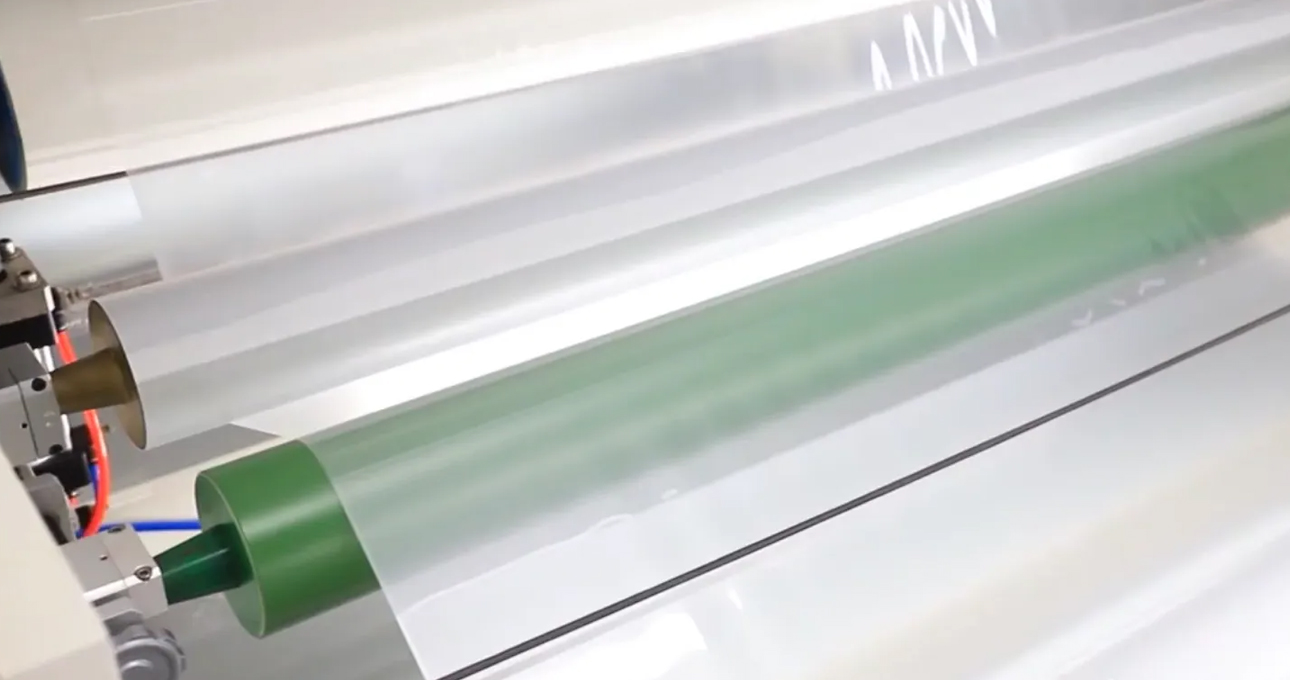
What Is Paint Protection Film?
PPF is a thin, typically clear, adhesive-backed layer that an expert can apply to select body panels or even the entire vehicle. Modern high-quality paint protection films are designed to withstand extreme light conditions and can even heal themselves after minor scratches. Click to learn about the history of automotive PPF.
When Was Paint Protective Film Widely Used On Cars?
Automotive paint protection film (PPF), commonly referred to as “clear bra,” gained popularity in the late 1980s. Its roots trace back to military technology designed to protect helicopter blades from debris. In the 1970s, 3M advanced its development, making it commercially available for cars. Nowadays, car protective film has gradually become a necessity.
The Structure of Car Protective Film
Paint Protection Film (PPF) on the market now typically consists of 5 layers:
Top PET Cover
Used to protect the surface of automotive paint products and peel them off during use.
Coating Self-Healing Layer
Some high-end PPF features self-healing properties, allowing minor scratches to recover their original appearance.
Core Layer
The main protective layer, typically made of thermoplastic polyurethane (TPU), offers primary impact resistance and scratch protection.
Adhesive Layer
Located at the bottom of the film, this transparent pressure-sensitive adhesive securely bonds the PPF to the vehicle’s surface
Release Liner
Before installation, one side of the film often has a release liner to prevent the adhesive from being exposed during transportation or storage.
How Is Paint Protection Film (PPF) Produced?
Paint Protection Film production uses high-quality thermoplastic polyurethane (TPU) particles as the main raw material and is produced through multiple complex processes such as melting, extrusion, coating with a protective layer, bonding, curing, cutting and packaging.
Melting: Melt the TPU plastic pellets in a kettle into a flowable liquid.
Extrusion: TPU is melted and extruded into thin sheets.
Coating: A protective layer is applied, enhancing properties like UV resistance and self-healing.
Adhesive Application: A clear, pressure-sensitive adhesive is applied to one side.
Curing: The film undergoes a curing process to set the layers.
Quality Control: Rigorous testing ensures clarity, thickness, and durability.
Cutting and Packaging: The film is rolled or cut into specific sizes for shipment.
How Many Types of Automotive PPF Are There?
Paint Protection Film (PPF) can be classified from several dimensions:
Material:
Thermoplastic Polyurethane (TPU): The most common type, known for its durability and self-healing properties.
PVC (Polyvinyl Chloride): Relatively cheaper but less durable and effective compared to TPU.
TPH: Also a low-cost alternative to TPU PPF
Transparency:
Clear Film: Maintains the vehicle’s original color and shine. Learn about ELOV Clear PPF?
Colored Film: Offers various colors and effects for a personalized look.
Surface Finish:
Glossy Film: Provides high shine and a smooth surface.
Matte Film: Presents a low-gloss finish, suitable for specific aesthetic effects.
Thickness:
Standard Thickness: Suitable for most vehicles.
Thicker Film: Provides stronger protection, ideal for high-risk areas or specific vehicles.
Self-Healing Properties:
Self-Healing Film: Capable of repairing minor scratches to maintain appearance.
Standard Film: Lacks self-healing features, with scratches potentially remaining permanent.
Application Area:
Full Vehicle Application: Covers the entire vehicle for comprehensive protection.
Partial Application: Targets specific areas, such as the front bumper, hood, or rocker panels.
Is PPF Worth It For Your Car?
New car manufacturers apply paint consistently, making it challenging to replicate this quality in a body shop. If the original car paint is partially damaged, even if it is repaired at a high cost, there will still be a difference in color, quality, and overall vehicle appearance.
The primary role of paint protection film is to shield your vehicle’s appearance. By applying PPF to areas like the front end or rocker panels, you can effectively deflect rocks, preventing paint chips and rusting of exposed metal. Additionally, a full application protects against bird droppings and tree sap and slows paint fade from sun exposure. PPF even protects your car’s paint in certain extreme environments, such as prolonged rain, drought, and small sandstorms.
PPF was initially used for expensive models or high-end collections. As time went on, ordinary car owners also understood its benefits, so it became widely used.
What Is Paint Protection Film Cost For A Car?
The installation of paint protection film can be costly. For a full application of high-end PPF on larger vehicles, prices can exceed $4000-8000. However, many choose to protect only specific panels, such as front bumpers and fenders, which can cost around $800 for smaller vehicles.
With the rise of China’s PPF manufacturing industry, the cost of manufacturing automotive films has been reduced by 1/3 or even more. This is due to China’s good manufacturing environment—complete upstream and downstream industrial chains and lower final costs (site, labor, raw materials, and transportation costs).
What Should You Consider When Buying PPF?
Before investing in PPF, consider whether the cost aligns with the vehicle’s value. For example, we think paying $10,00-2,000 for paint protection film on a car worth $20,000-50,000 is reasonable. For high-end models or antique cars for collection, we believe that PPF should be installed to protect the original paint. After all, their maintenance costs are very expensive.
It is also necessary to do a simple investigation of PPF brands on the market before purchasing. There are many quality manufacturers worth choosing, such as SunTek, Llumar, Xpel, Solar Gard, 3M, Hüper Optik, ELOV PPF, etc., that provide various grades of films. Some expensive options usually provide enhanced self-healing properties and up to 8-10 years of anti-cracking and fading warranty. We only need to choose the corresponding customized plan according to our budget.
10 Benefits of Installing Paint Protection Film (PPF)
Here are the main 10 benefits of Paint Protection Film (PPF):
Protects Paint, especially the original car paint
Effectively prevents scratches and damage from rocks, debris, bugs, and other external objects.
Prevents Fading
Slows down paint fading caused by sun exposure.
Self-Healing Properties
Modern PPF can self-repair minor scratches, restoring its original appearance.
Yellowing Resistance
High-quality PPF is less likely to yellow from sunlight and UV exposure, maintaining clarity.
Resists Tree Sap and Bird Droppings
Effectively shields against corrosive substances like tree sap and bird droppings, protecting the paint.
Easy to Clean
The smooth surface of PPF makes it difficult for dirt and debris to adhere, simplifying cleaning.
Increases Vehicle Value
Protecting the original paint helps maintain the vehicle’s appearance and resale value.
Customizable
PPF can be tailored to the owner’s preferences, offering various colors and styles.
Enhances Safety
The protective layer can prevent deep damage from external debris, ensuring the safety of the driver and passengers.
Saves Repair Costs
Reduces future repair and repainting expenses by minimizing scratches and damage.
Eco-Friendly
Using PPF can reduce waste and the use of chemicals compared to repainting.
Enhances Aesthetics
Provides an additional shine, making the vehicle look more appealing.
Conclusion
Paint protection film is a wise investment to protect the paint of your vehicle. Whether it is a new car, a collectible or a high-end vehicle, car owners can choose the appropriate PPF installation solution according to their respective characteristics. PPF can increase the beauty of the car and extend the service life of the car.


